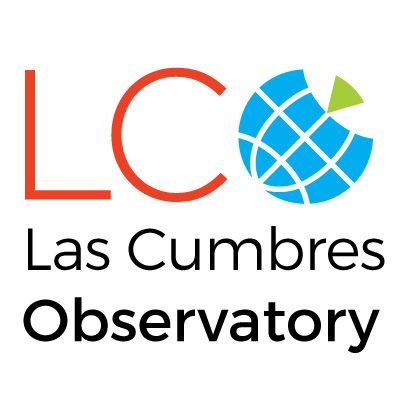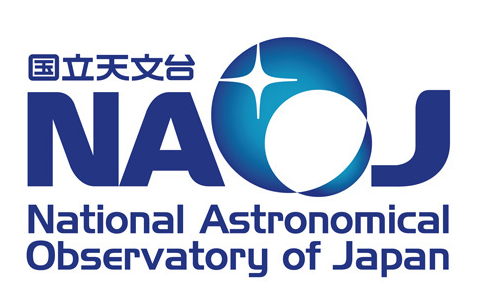One of the four sub-Earth exoplanets discovered is the least massive world ever found using the radial velocity technique.

In 1916, astronomer E. E. Barnard discovered a star so interesting that astronomers have been studying it for over a century. Recently, four mini-Earth-like planets were found in orbit around it!
Barnard’s star, named after the astronomer, is a red dwarf floating in our Solar System’s neighbourhood. Red Dwarfs are abundant in the Universe and often accompanied by packs of rocky worlds orbiting close by. Astronomers are curious to learn what kind of environment these planets have and whether they can support life.
In an attempt to search for distant planets around red dwarfs, a team of researchers from the University of Chicago in the United States, developed a special instrument called MAROON-X. This instrument is mounted on the Gemini North telescope in Hawai'i. After carefully observing and studying the data from the instrument for more than 3 years, the team found solid evidence of four exoplanets around Barnard's star.
The four exoplanets, known as the sub-Earth exoplanets, were discovered using the radial velocity technique by the MAROON-X instrument. As (exo)planets move around a star, the star experiences a small gravitational pull, making it slightly wobble when observed from the Earth. The light from the star stretches and compresses - just like a slinky. MAROON-X is so super-sensitive that it can measure the slightest wobble of a star and detect the exoplanets that caused it with high precision.
Astronomers think the newly discovered planets are likely rocky worlds, not gas giants like Jupiter. These planets are about one-third as massive as Earth, and they orbit so close to their host star that it only takes a few days to make a round trip around it.
This discovery is significant as most rocky worlds discovered so far are much larger than the Earth. Astronomers think smaller exoplanets can have a completely different chemistry compared to larger exoplanets. Astronomers are now eager to hunt for more sub-Earth exoplanets to further study how these planets form and how likely they are to favour habitable conditions.
Image: Artist’s Illustration of Exoplanets Orbiting Barnard’s Star Credit: International Gemini Observatory/NOIRLab/NSF/AURA/P. Marenfeld.





















